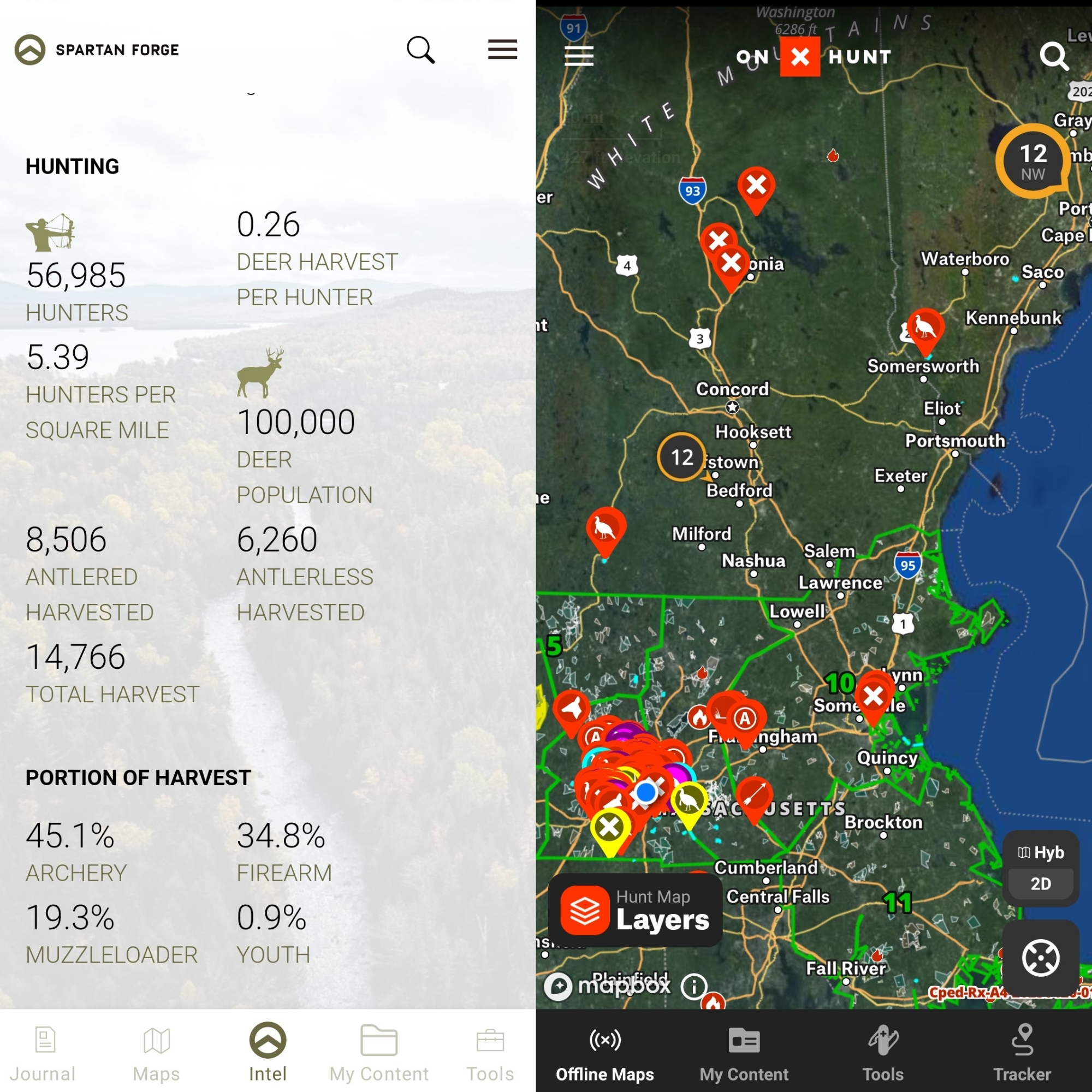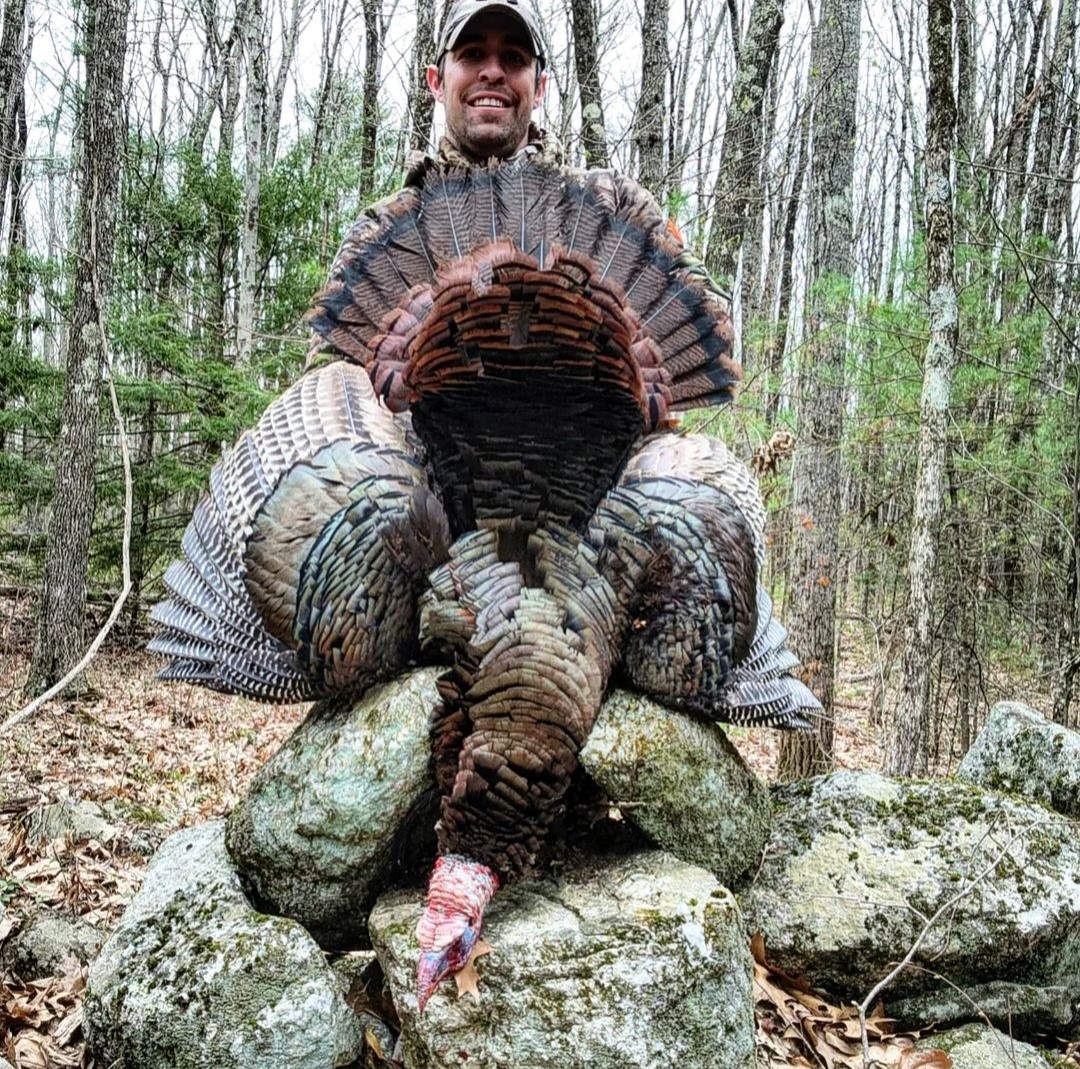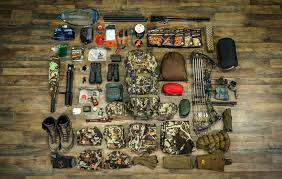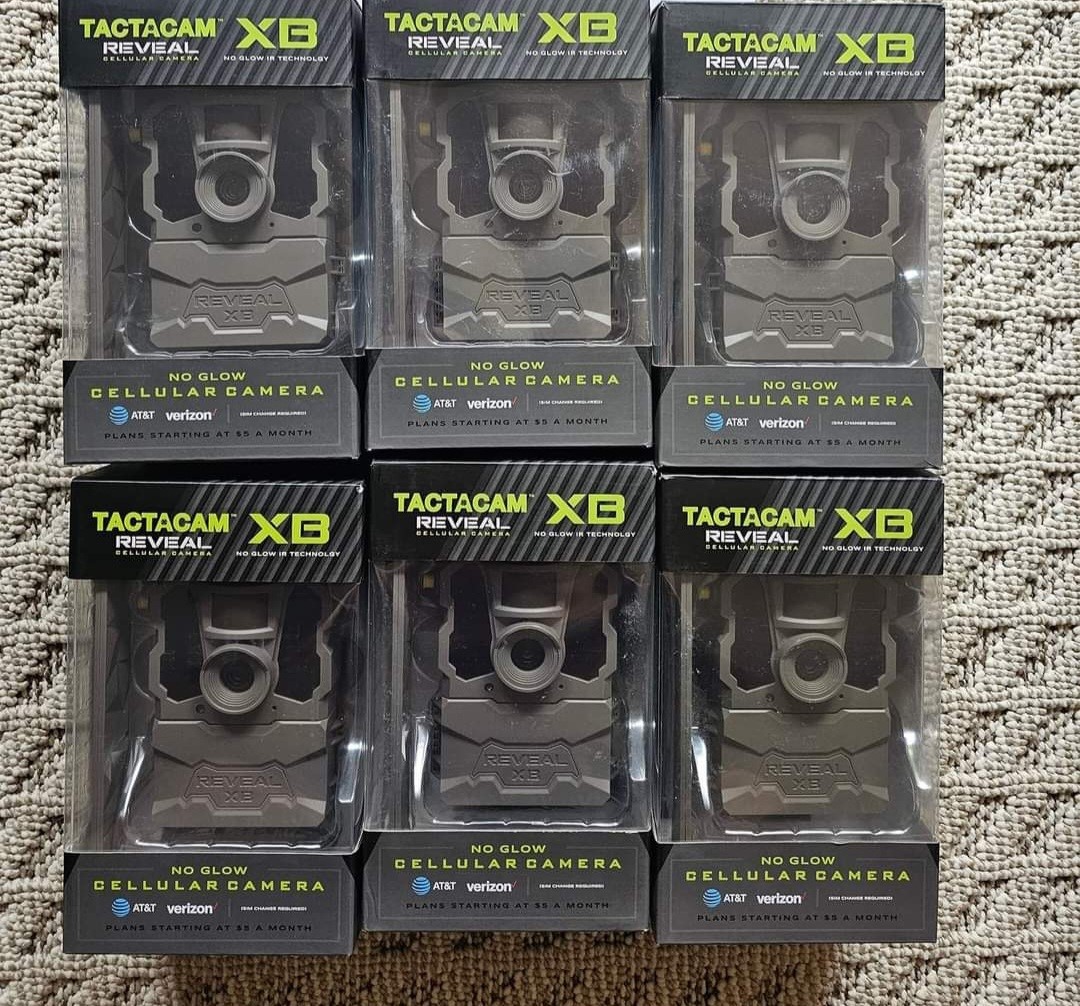
As a hunter, you understand the importance of stealth, mobility, and durability when it comes to your equipment. Traditional gas-powered vehicles, such as ATVs and UTVs, can be loud and cumbersome, often alerting game animals to your presence. Enter the QuietKat e-bike, a purpose-built hunting e-bike designed to provide hunters with a stealthy, powerful, and efficient mode of transportation. We had the opportunity to speak with QuietKat to learn more about their passion for hunting and how their innovative e-bikes are revolutionizing the hunting experience.
The Birth of QuietKat: A Company Made by Hunters, for Hunters
In the interview, QuietKat explained how their love for hunting and the outdoors led them to create QuietKat. Based out of Eagle, CO, and with less than 50 employees, the company prides itself on its small-business atmosphere and hands-on customer support. As hunters themselves, they understand the unique challenges and requirements that hunters face and are committed to developing e-bikes specifically tailored to the hunting community.
Designing the Ultimate Hunting E-Bike
When asked about the design process, QuietKat emphasized the importance of durability, towing capacity, tire surface area, and battery capacity while keeping the bike’s weight in mind. QuietKat’s e-bikes are built using high-quality materials and components from well-established brands, ensuring optimal performance and reliability in the field.
The company also highlighted the versatility of their e-bikes, with the Apex being the most popular model among hunters. The Apex offers a 1000W motor, hydraulic brakes, a hardtail rack, and a 24-48 mile range on a full battery. This e-bike can be fitted with a basket, two pannier bags, gun holders, handlebar bags, a trailer, and coolers, making it the ultimate hunting companion.
The Advantages of QuietKat E-Bikes
During the interview, we discussed the numerous advantages of using a QuietKat e-bike for hunting, including:
Silent Operation
Thanks to their battery-powered electric motor, QuietKat e-bikes operate silently, allowing hunters to approach their hunting grounds without spooking nearby game animals.Thanks to their battery-powered electric motor, QuietKat e-bikes operate silently, offering a significant advantage to hunters who need to move stealthily through the wilderness. This silent operation allows hunters to approach their hunting grounds without spooking nearby game animals, which is crucial for a successful hunting experience.
The reduced noise levels emitted by the e-bikes also help maintain the tranquility and natural ambiance of the great outdoors, minimizing disturbances to wildlife and their habitats. As a result, hunters can enjoy an immersive experience in nature without causing unnecessary disruptions to their surroundings.
Moreover, the silent operation of QuietKat e-bikes makes them perfect for tracking and stalking game animals, which often rely on their acute sense of hearing to detect potential threats. With the ability to move quietly, hunters can get closer to their targets and significantly improve their chances of making a successful shot. The stealthy advantage offered by QuietKat e-bikes can be a game-changer for hunters seeking a more efficient and effective way to navigate the wilderness while remaining undetected by their quarry.
Tackling Tough Terrain
QuietKat e-bikes are designed to handle challenging landscapes with ease, thanks to their fat tires and powerful mid-drive motors. These features allow hunters to traverse difficult conditions, such as steep hills, waterlogged grass, or mountainous terrain.
Lightweight and Portable
Weighing between 50 and 75 pounds, QuietKat e-bikes are considerably lighter and more portable than gas-powered off-road vehicles. This reduced weight and portability make them easy to transport and maneuver in the field.
Carrying Capacity
With carrying capacities between 300 and 350 pounds, QuietKat e-bikes enable hunters to transport more gear than they could on foot. The company also offers a wide range of accessories to ensure that hunters have everything they need for a successful hunt.
Minimized Scent
A hunting e-bike also minimizes the amount of human scent left in the environment, as it reduces the need for walking. This is especially important when pursuing game animals with a keen sense of smell, like the white-tailed deer. By using an e-bike, you’re less likely to alert nearby animals to your presence, increasing your chances of a successful hunt. A hunting e-bike, such as the QuietKat, greatly minimizes the amount of human scent left in the environment, primarily because it reduces the need for walking. This factor is particularly crucial when pursuing game animals with a keen sense of smell, like the white-tailed deer, elk, or even wild hogs. By using an e-bike, you’re less likely to alert nearby animals to your presence, thus increasing your chances of a successful hunt.
The reduced physical exertion associated with riding an e-bike also plays a vital role in minimizing human scent. When walking or hiking, hunters tend to sweat more, which can leave a stronger odor trail for animals to detect. By utilizing an e-bike, hunters can cover greater distances without breaking a sweat, keeping their scent profile to a minimum.
Furthermore, e-bikes enable hunters to maintain a greater distance from their hunting spots when entering and exiting the area. This approach helps prevent the lingering scent from contaminating the area and alerting game animals.
In essence, using a QuietKat e-bike as part of your hunting strategy can substantially improve your stealth in the field by minimizing the scent you leave behind. This advantage, combined with the e-bike’s silent operation and ability to navigate challenging terrain, makes it an invaluable tool for hunters looking to enhance their overall hunting experience and success rate.
Eco-Friendly
By choosing a QuietKat e-bike, hunters are also supporting a more sustainable and eco-friendly hunting experience. These bikes produce zero emissions and have minimal impact on the environment. By choosing a QuietKat e-bike, hunters are not only investing in a high-quality and effective tool for their outdoor pursuits but also contributing to a more sustainable and eco-friendly hunting experience. These bikes produce zero emissions, which is a stark contrast to the exhaust fumes generated by traditional gas-powered vehicles such as ATVs or UTVs. By reducing their carbon footprint, hunters can enjoy their favorite pastime while minimizing their impact on the environment.
In addition to producing zero emissions, QuietKat e-bikes are designed to have a minimal impact on the natural surroundings. The quiet operation of these electric hunting bikes allows hunters to traverse the wilderness without causing excessive noise pollution, which can disturb wildlife and disrupt their habitats. Furthermore, the e-bikes’ fat tires provide better traction and a smoother ride, reducing the likelihood of damaging delicate flora and eroding soil.
By opting for an eco-friendly hunting e-bike like QuietKat, hunters are demonstrating their commitment to preserving the natural beauty and health of the landscapes they explore. By embracing this innovative and environmentally conscious technology, they can enjoy a guilt-free hunting experience and ensure that future generations can continue to appreciate the great outdoors.
Suitable for Hunters with Mobility Issues
Hunting e-bikes offer a valuable solution for hunters with mobility issues, enabling them to cover more ground and participate in the sport they love. These bikes provide powered assistance, making it easier to navigate challenging terrain and reach hunting spots that may have been previously inaccessible. Hunting e-bikes, like the QuietKat models, offer an invaluable solution for hunters with mobility issues or physical limitations, enabling them to cover more ground and continue participating in the sport they love. These bikes provide powered assistance, making it easier to navigate challenging terrain and reach hunting spots that may have been previously inaccessible due to physical constraints.
Furthermore, the adjustable power settings on these e-bikes allow hunters to customize the level of assistance they receive based on their individual needs and preferences. This feature ensures that hunters can conserve their energy for the actual hunt, rather than exhausting themselves during the journey to their hunting spot.
In addition to providing powered assistance, e-bikes also come equipped with fat tires and robust suspension systems, which can greatly improve ride comfort and stability on uneven terrain. This feature is particularly beneficial for hunters with mobility issues, as it helps to alleviate the strain on joints and muscles that can be exacerbated by traditional hiking or walking.
Hunting e-bikes also present an opportunity for older hunters or those recovering from injuries to continue enjoying the outdoors and maintain an active lifestyle. By allowing them to travel more efficiently and with less physical exertion, these e-bikes can help extend their hunting careers and promote overall well being. By offering powered assistance, customizable settings, and enhanced comfort features, these bikes enable a more inclusive hunting experience, allowing individuals with physical limitations to continue pursuing their passion for the great outdoors.
The Future of QuietKat
As more companies begin to explore fat tire e-bikes tailored for hunters, Jake and Justin are confident that QuietKat will remain at the forefront of the industry. With their extensive experience and passion for hunting, they have established a strong foundation for their brand and are continuously working to improve their products.
In addition to catering to the hunting community, QuietKat is now branching out and offering e-bikes suitable for use around town or tailored to mountain bikers. Their commitment to providing high-quality machines and exceptional customer support has allowed them to thrive in the industry.
The co-founders shared their belief in the importance of staying connected to their customers and providing a sense of community. The small team at QuietKat works closely with customers, offering personalized support, repairs, and custom recommendations. They take pride in their attention to detail and dedication to providing the best service and technology possible.
QuietKat e-bikes are revolutionizing the hunting experience by offering a stealthy, powerful, and efficient mode of transportation tailored specifically for hunters. Through our in-depth interview with the co-founders, we’ve learned about their passion for hunting and dedication to designing the ultimate hunting e-bike.
Investing in a QuietKat e-bike can significantly enhance your hunting experience, providing numerous advantages such as silent operation, the ability to handle tough terrain, increased carrying capacity, and minimized scent transfer. As the company continues to innovate and expand its offerings, we can expect to see even more hunters embracing this game-changing technology for a more enjoyable and successful time in the field.
In summary, QuietKat e-bikes are a game-changing innovation designed specifically for hunters, offering numerous advantages such as silent operation, the ability to handle tough terrain, increased carrying capacity, and minimized scent transfer. Born from a passion for hunting, the company focuses on providing high-quality, durable, and versatile e-bikes tailored for hunters, while also expanding into other e-bike applications. With a small-business atmosphere and hands-on customer support, QuietKat prides itself on staying connected to its customers and offering personalized service. As the company continues to innovate and grow, it will undoubtedly remain at the forefront of the hunting e-bike industry, ensuring that hunters can enjoy a more efficient, effective, and eco-friendly experience in the field.















